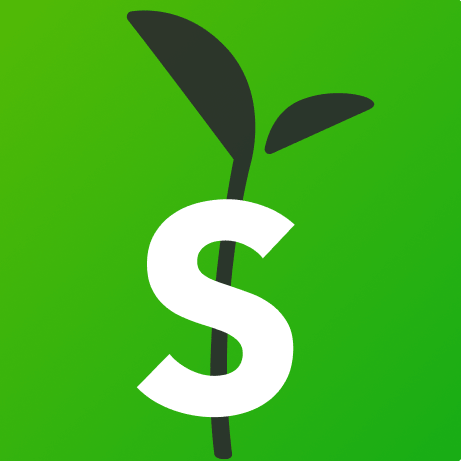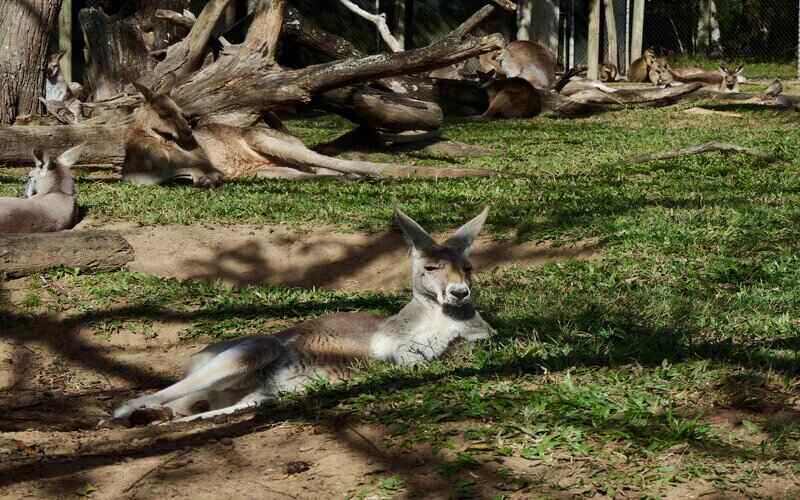Headlining the anticipated spending slowdown is the increasing cost of household debt and the roll-off of fixed rate mortgages.
ANZ Senior Economist Adelaide Timbrell noted in June 2022, 35% of outstanding housing debt was fixed, compared to 20% at the start of 2020 based on RBA data.
“High levels of household debt make household finances and spending more sensitive to rate hikes,” Ms Timbrell said.
“The bulk of fixed-rate debt will expire in 2023, which will lead to sharp increases in interest payments for many households.”
For example, CommBank has $22 billion worth of fixed-rates expiring by the end of 2022 and $117 billion of fixed-rate loans expiring by the end of 2023.
With ANZ economists forecasting the cash rate to reach 3.60% by mid-2023, 27% of households would need to utilise 30% or more of their income to meet mortgage repayments.
On top of this, the Reserve Bank's October Stability Review details over half of variable rate owner-occupier borrowers can expect to see spare cash flows decline by more than 20% in the next few years.
Further, 15% of households may see spare cash flows enter the red as the combined burden of higher interest payments, cost of essential goods and services are felt.
The RBA concedes this group of households, typically those earning a low-income and highly indebted, would likely be forced to dip into savings to meet loan repayments and essential living expenses.
Speaking on inflation last month, RBA Governor Dr Philip Lowe noted those with white collar jobs are more inclined to hold significant savings buffers to ride the wave of uncertainty.
“The reality is most of the savings buffers sit with upper and middle income households,” Dr Lowe said.
“Many people with white collar jobs were able to keep their jobs during the pandemic, they couldn’t spend and instead saved by placing that money into offset accounts.”
Minutes from the RBA's October Board meeting noted also that mortgage payments in relation to income are expected to reach levels last seen in 2010.
"The effects of rising interest rates and inflation were more likely to be evident in a slowdown in consumption growth over the period ahead, rather than a large spike in banks’ non-performing loans," Minutes read.
"However, this outlook did not account for the potential for a large increase in unemployment, which would be problematic."
Pressures remain despite spending slowdown tipped in 2023
To date, spending has not yet meaningfully slowed despite six consecutive interest rate rises, with the latest ABS monthly spending indicator increasing once more in August to 127.7.
Low consumer confidence is also defying expectations of a slowdown in spending, with Aussies continuing to spend more on discretionary goods such as eating out, and health and fitness.
Ms Timbrell expects the increase in interest repayments as a result of rate hikes, combined with inflation of essential goods and services, will put pressure on discretionary spending.
“Deteriorating rental affordability, as a result of low vacancy rates, is also a risk for some customer segments," she said.
Adding to cost of living stressors, recent flooding throughout southern regions of Australia is expected to hamper the pricing of essential goods and services to see out the year.
Federal Treasurer Jim Chalmers said with some of the best farmland in the world having gone under water, the damage to crops and livestock will push up the price of the cost of living.
“I think Australians will be bracing for even more expensive groceries as we head towards Christmas as a consequence of what's happening,” Mr Chalmers said.
“This is the unavoidable consequence of some of our best producers being impacted by natural disasters.”
Data from UBS as reported by the Australian Financial Review revealed in the September quarter fresh food prices have increased 9%, while dry goods increased 7.7%.
Image by Karolina Grabowska via Pexels



 Bernadette Lunas
Bernadette Lunas
 Denise Raward
Denise Raward

 Emma Duffy
Emma Duffy
 Aaron Bell
Aaron Bell

